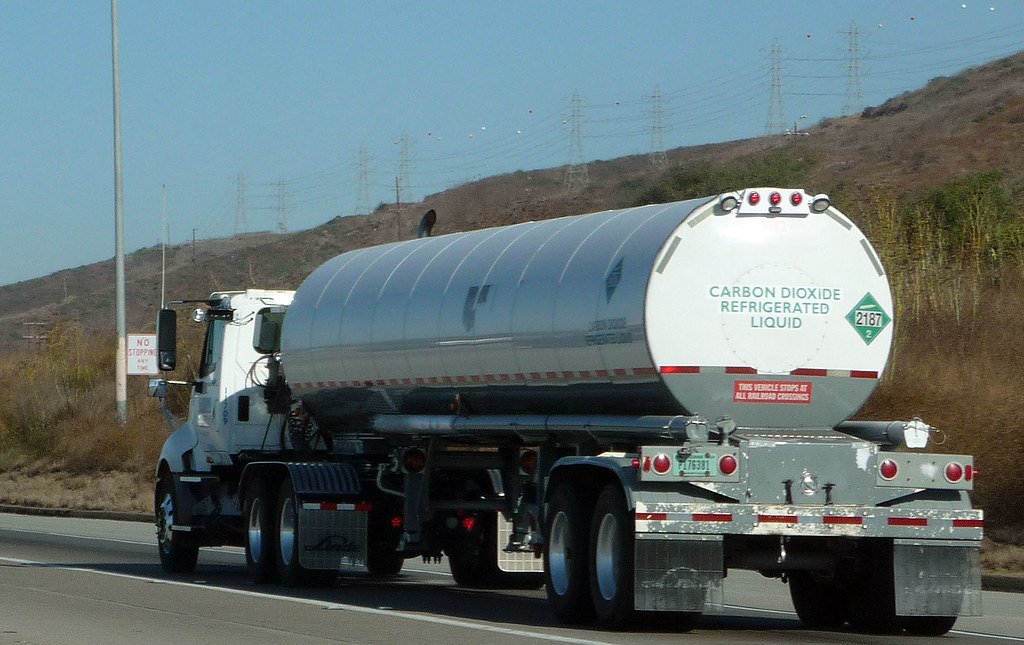
Science, Engineering, and Uncertainty of Carbon Storage
-
Video: Dr. Sandra Steingraber discusses carbon storage and human rights
The world a mile beneath our feet is poorly understood, to say the least, yet oil companies and others are planning to bury billions of tons of liquid carbon dioxide there, hoping it will remain immobile forever.
-
The Scientific Uncertainty of Carbon Storage
The likelihood of poor environmental management decisions on carbon storage is large and the actual need for alternative solutions to the CO2 problem is larger than proponents of CCS may like to think. Read this paper by Norwegian earth-scientist Peter Haugan.
-
A Lot of Eggs in a Potentially Leaky Basket
Researchers estimated an average of 7.5% of wells may experience continuous leakage, at about 150 metric tons of CO2 per year for active wells and 300 metric tons of CO2 per year for abandoned wells. Read this paper from The International Council On Clean Transportation.
-
CO2 Leakage During Enhanced Oil Recovery
This study of historical and current use of carbon dioxide (CO2) for enhanced oil recovery (EOR), offers relevant information about CO2 leakage that may occur as part of those operations. This information is relevant to today’s proposals for CO2 underground storage. The report is from National Energy Technology Laboratory.
-
Carbon Dioxide Stored Underground Can Find Multiple Ways to Escape
Carbon Dioxide can find multiple escape pathways due to chemical reactions between carbon dioxide, water, rocks, and cement from abandoned wells, according to researchers at Penn State.
-
CO2 Capture and Storage: Another Faustian Bargain?
If CO2 storage is another Faustian Bargain (like nuclear waste), then we should understand the details of the contract before we proceed. Learn more from this paper by Dr. Alvin Weinberg.
-
Policy Context of Geologic Carbon Sequestration
A brief summary of geologic carbon sequestration by the Union of Concerned Scientists (UCS). UCS firmly believes that reductions in emissions from fossil fuel consumption must be the primary focus of activities to mitigate climate change. Read their full report.
-
Identification and Selection of Major CO2 Stream Compositions
This report from the Pacific Northwest National Laboratory summarizes the relative concentrations of CO2 and other constituents in exhaust gases from major non-energy-related industrial sources of CO2. The report was prepared for the U.S. Department of Energy.